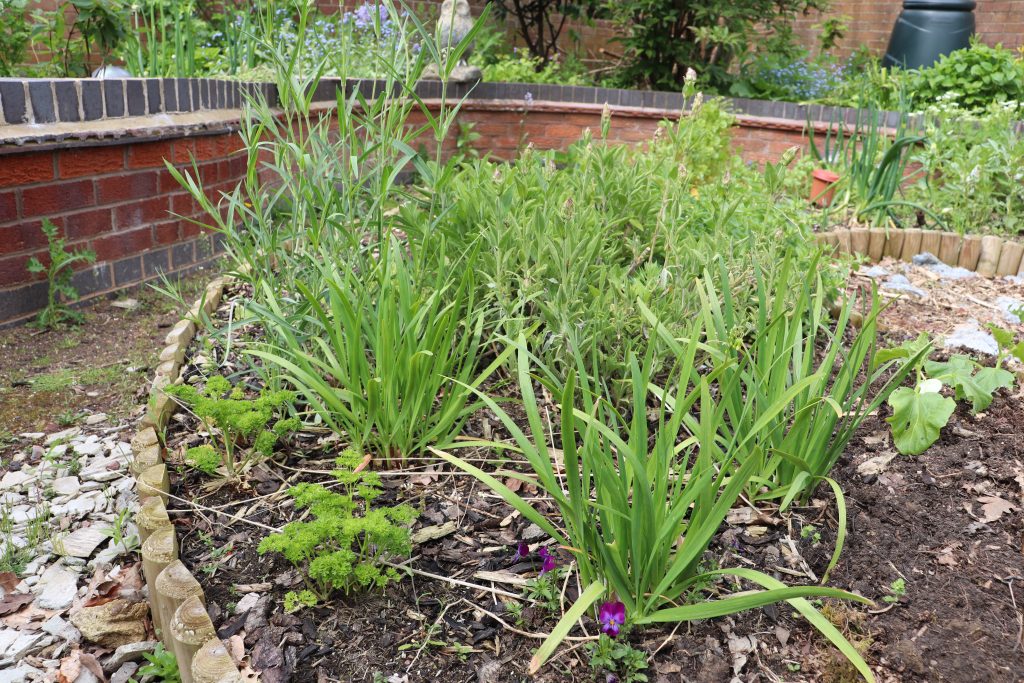
Perennial vegetables are plants which, once planted and established, will usually keep growing year after year. But why bother with them? Why not stick to tomatoes, beans, carrots etc?
- They usually grow in size and become more productive each year.
- You can easily propagate many of these plants by dividing them, or taking cuttings, or pieces of their roots giving you more free plants each year.
- Great for lazy gardeners; no need to plant seeds and nurture delicate seedlings each year.
- These plants develop strong roots, deep into the soil which make them tough and more likely to cope with unpredictable weather patterns than annual vegetables.
- As the plants stay in the soil all year, they protect the soil from damage by weather.
- There are perennial vegetable equivalents of many annual vegetables e.g. Egyptian walking onions can replace regular onions, caucasian spinach can replace annual spinach, turkish rocket can replace purple sprouting broccoli….
- If you enjoy the unusual and trying out new flavours and recipes, there are hundreds of plants to explore. You could start with yacon or oca tubers, many edible flowers or sculpit leaves.
- Different plants produce crops at different times of the year. So you can always find something to eat in the garden if you plan it right!
Why not plant up a bed or two in your garden this coming year and give it a go? You can intersperse the perennial vegetables with some easy self seeding edible plants such as coriander, miners’ lettuce and nasturtiums. These will fill the gaps until your perennial plants grow and get fully established. Then you can sit back and watch your plants grow. The biggest job is harvesting, and sometimes cutting back the more vigorous plants so that they don’t crowd out others.
